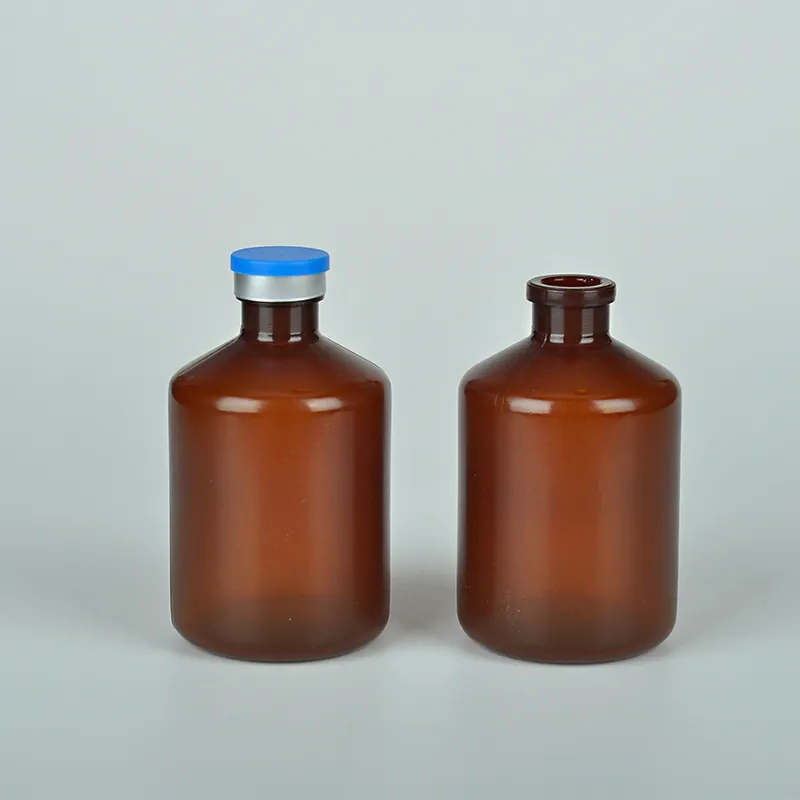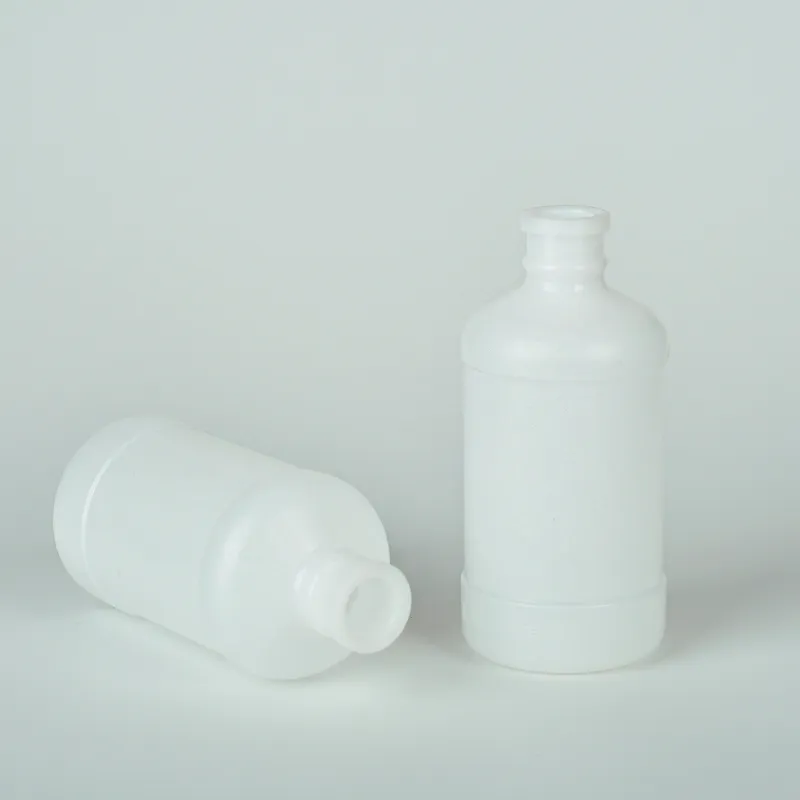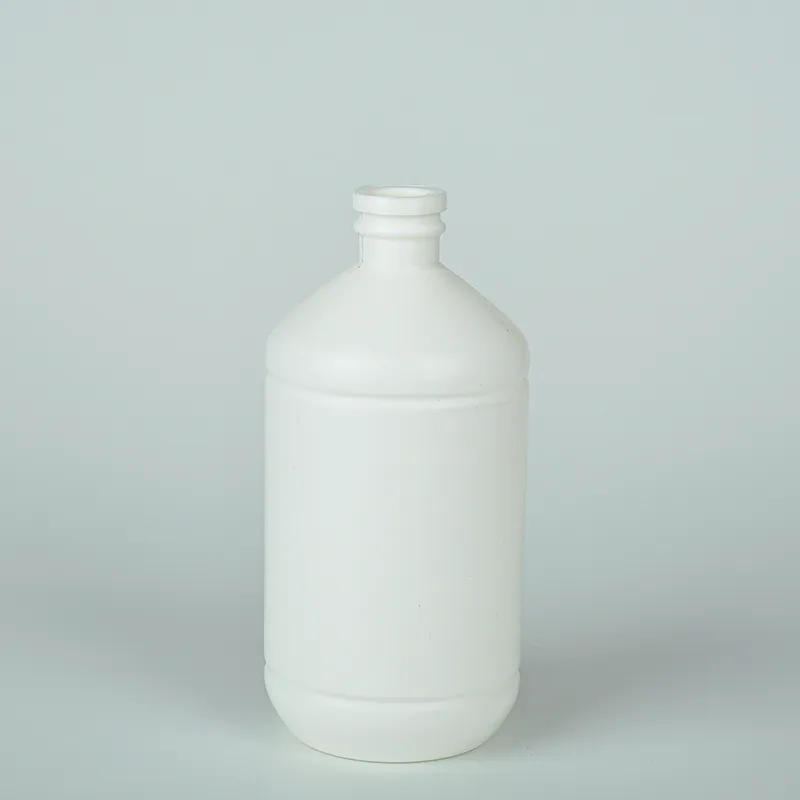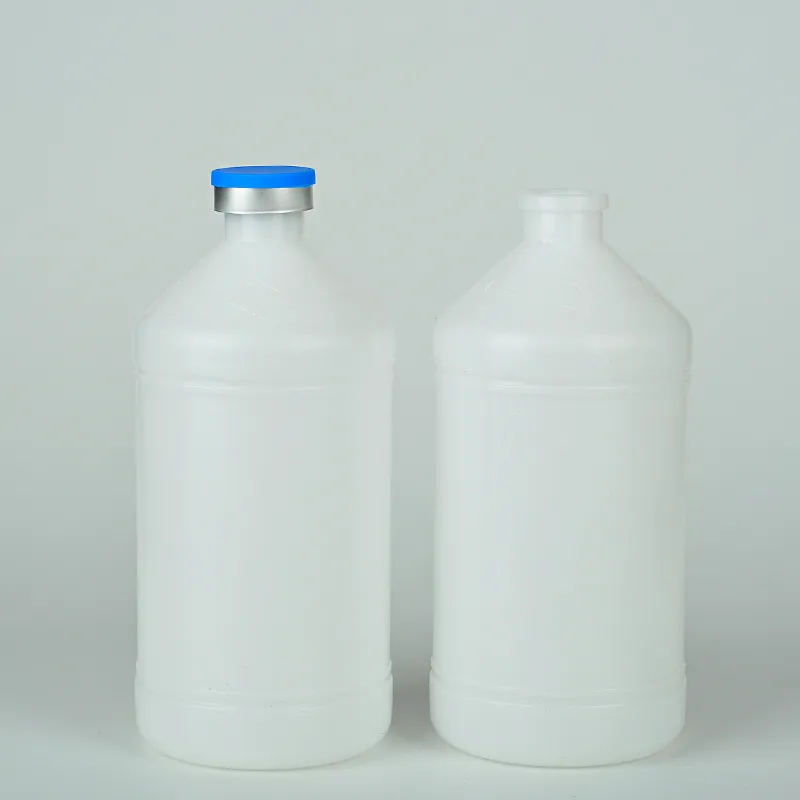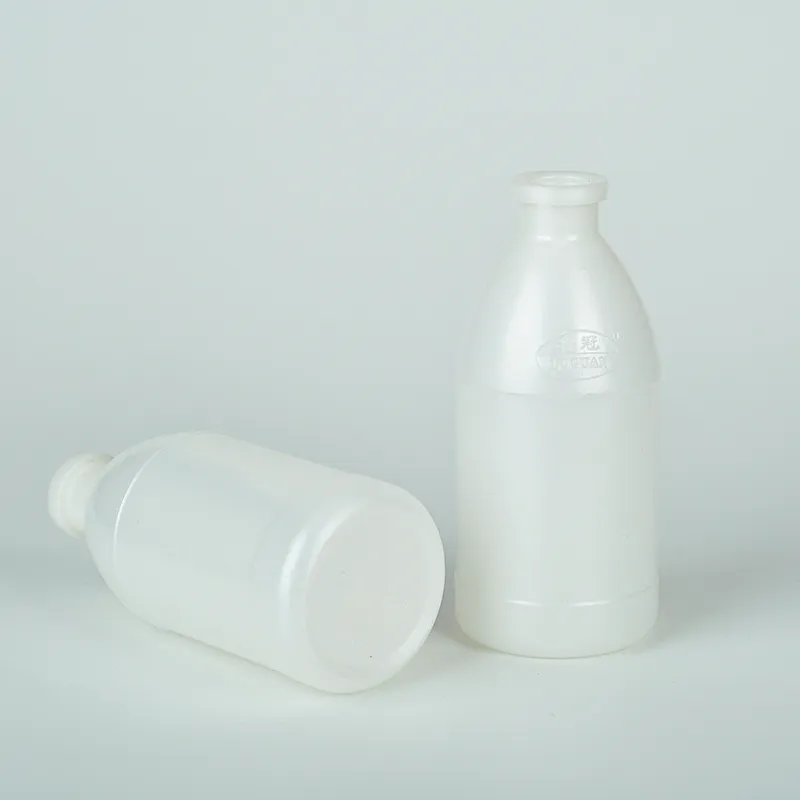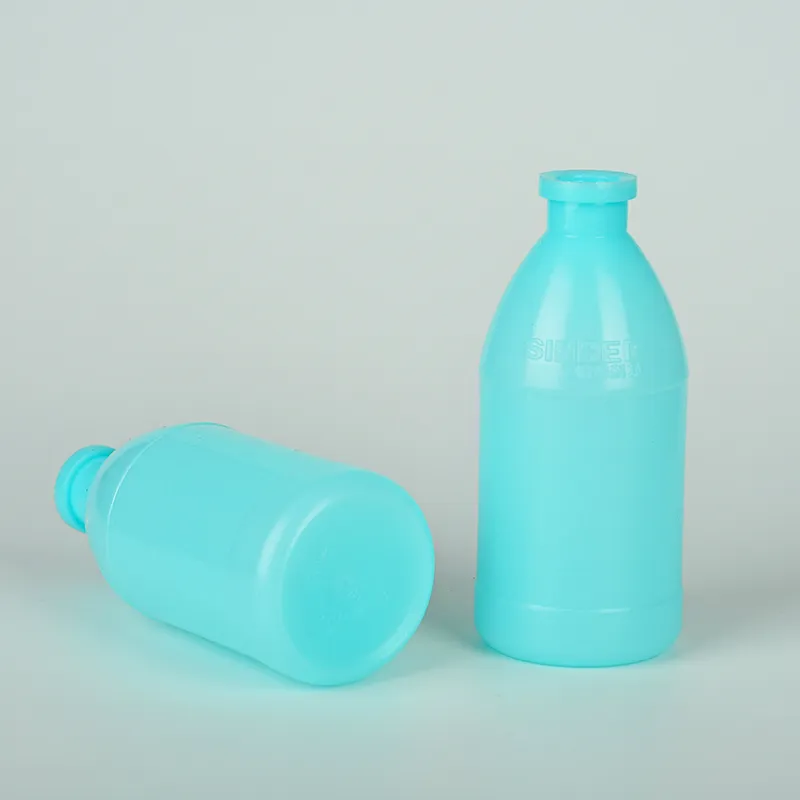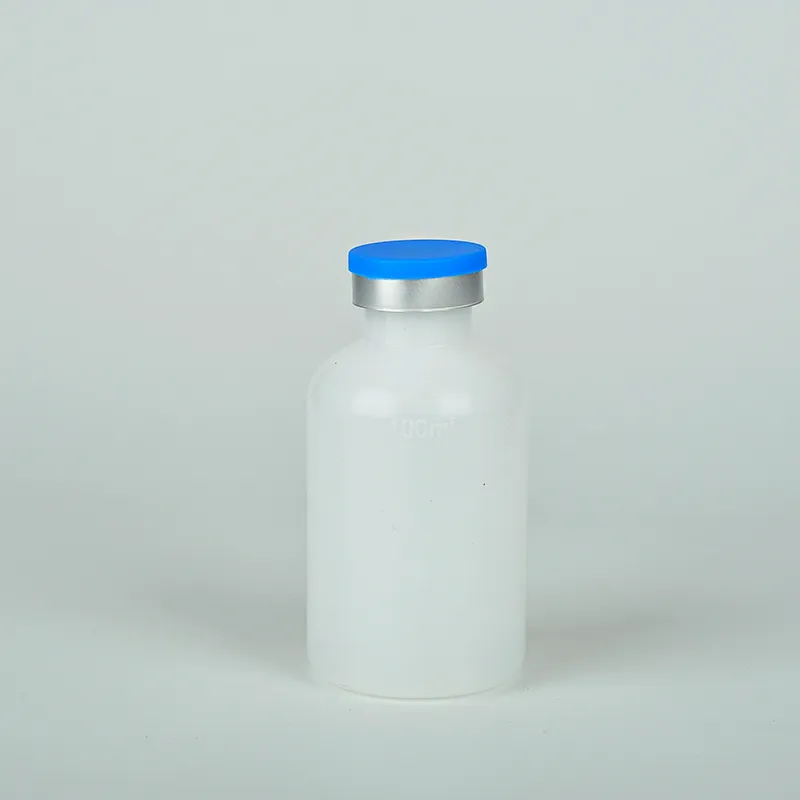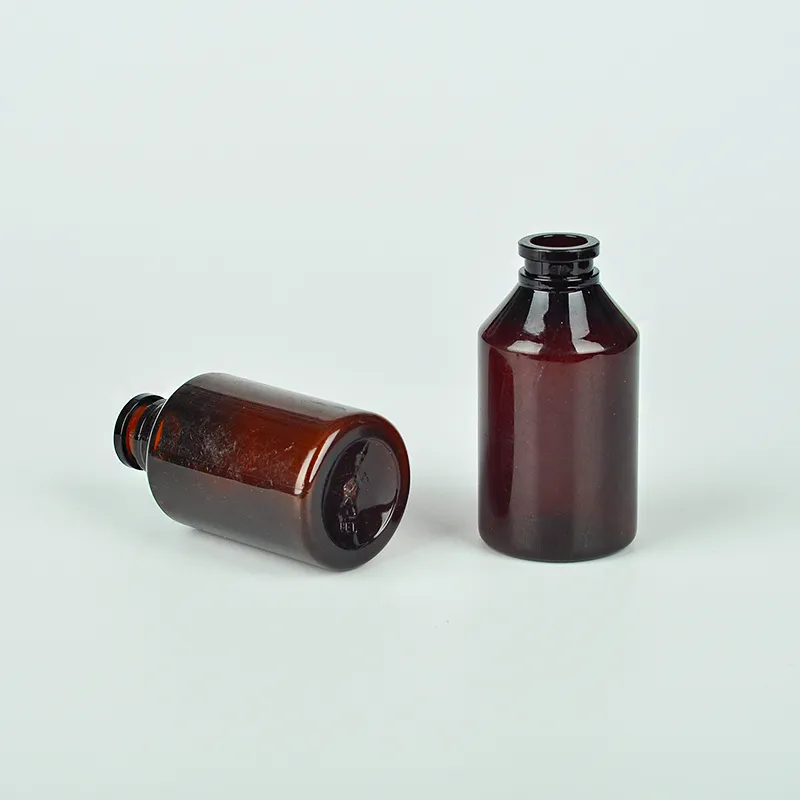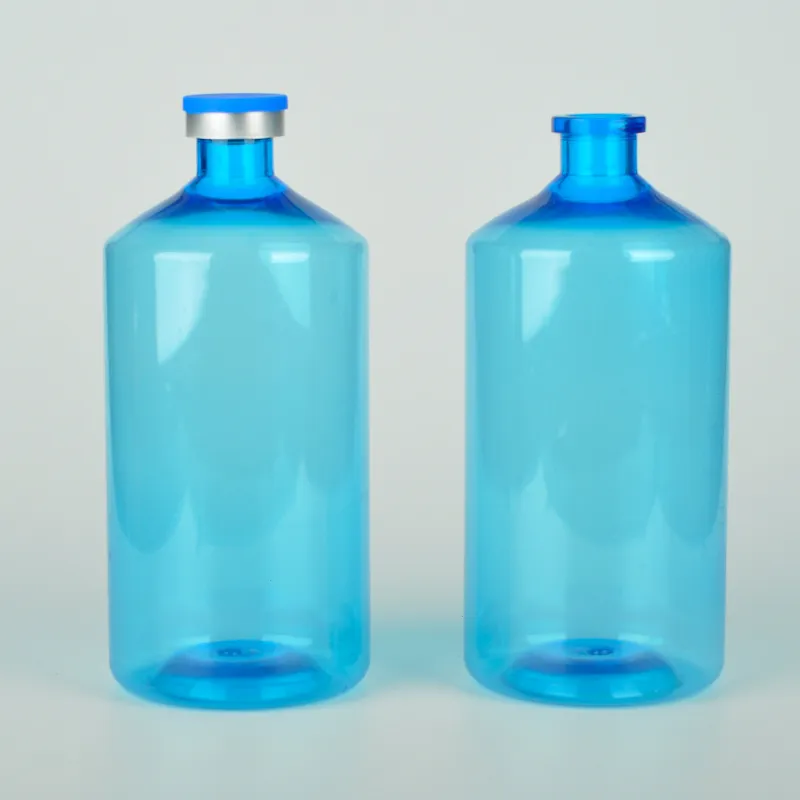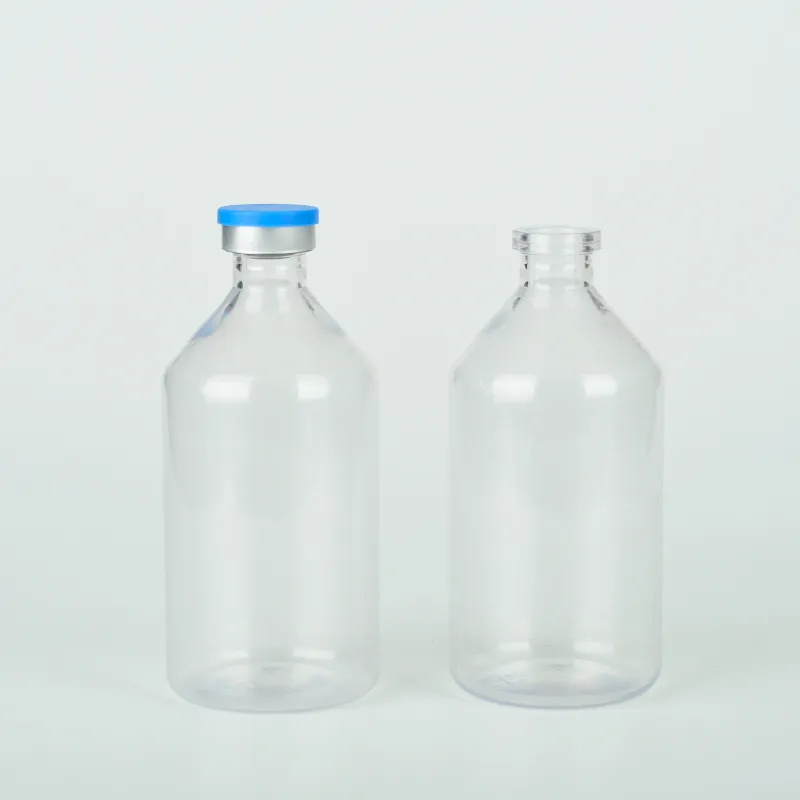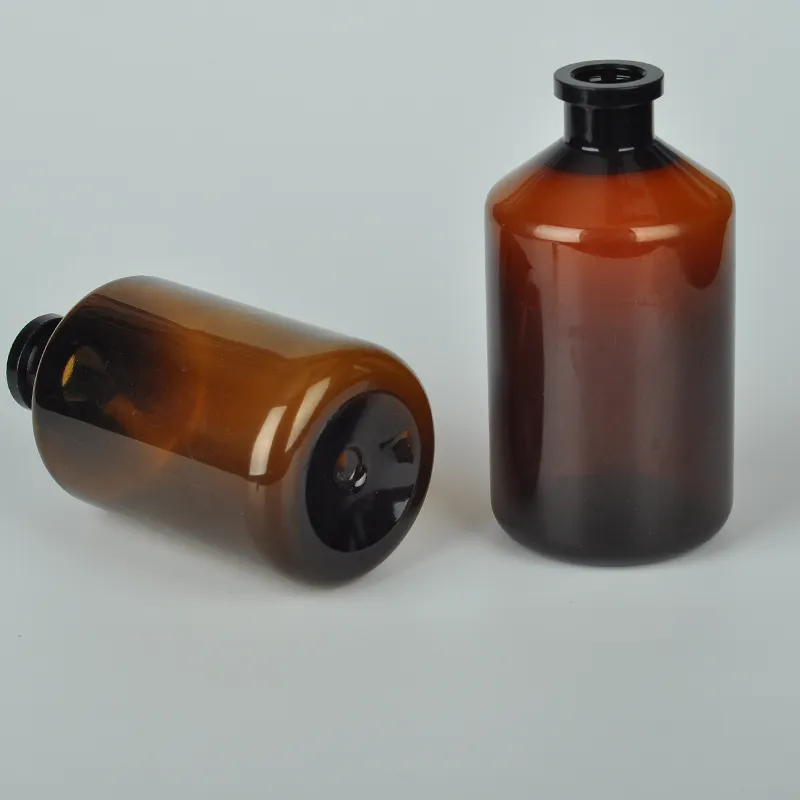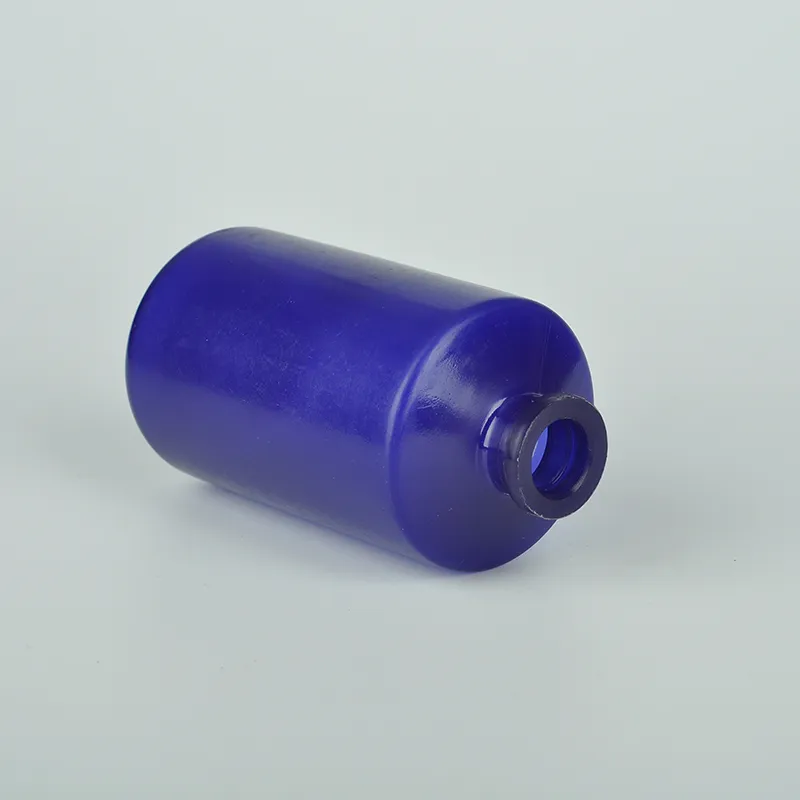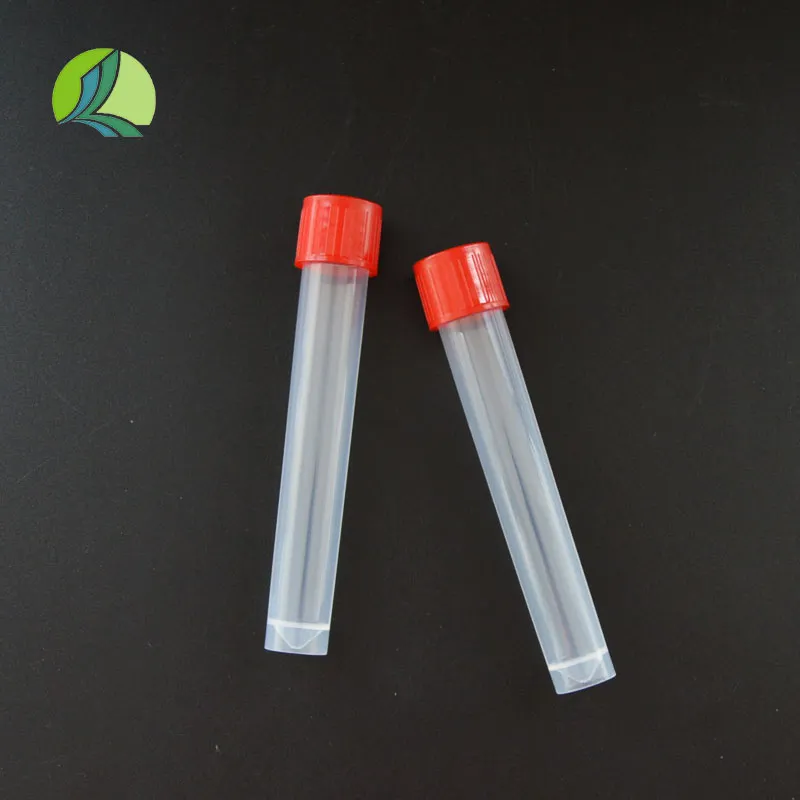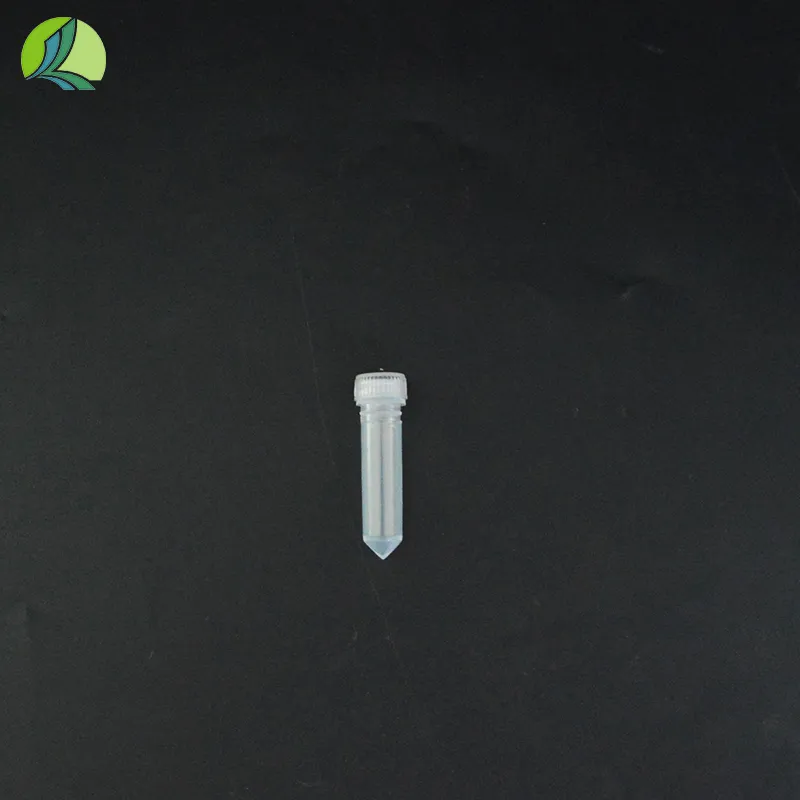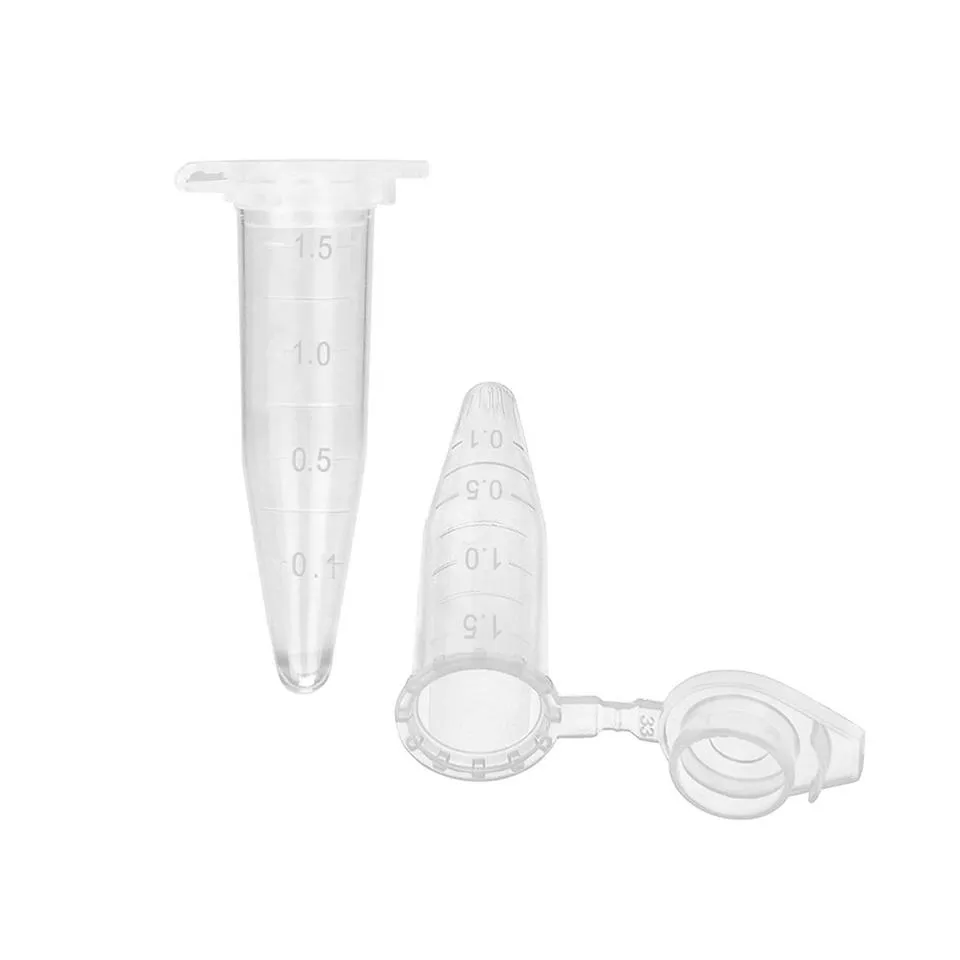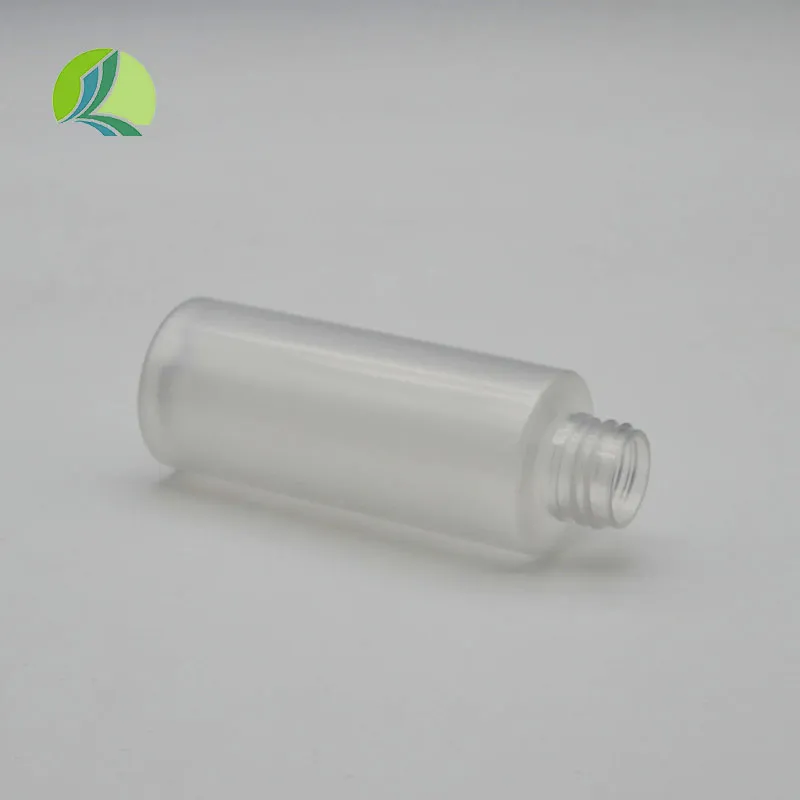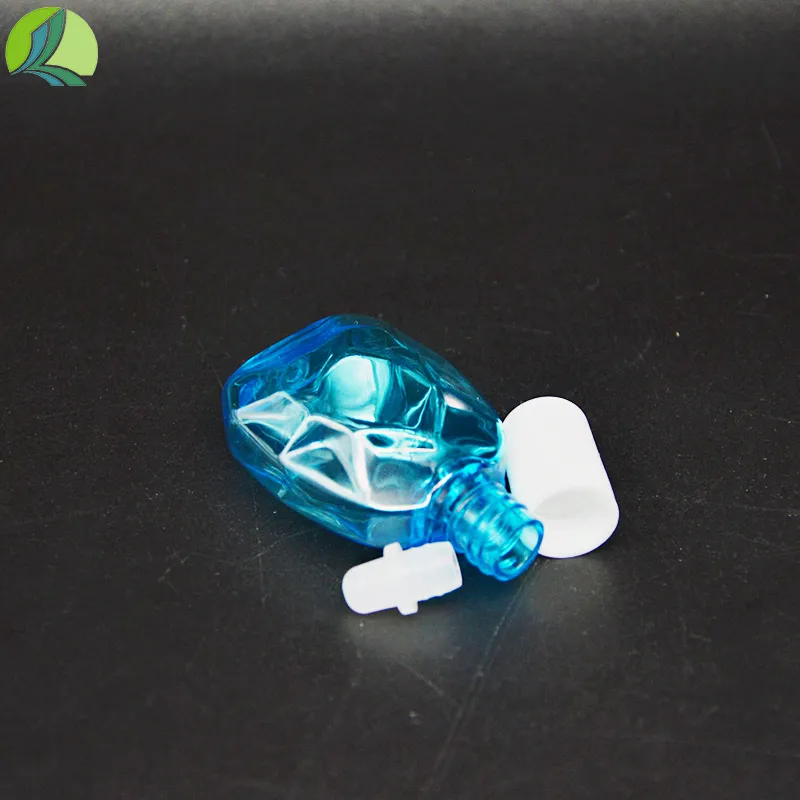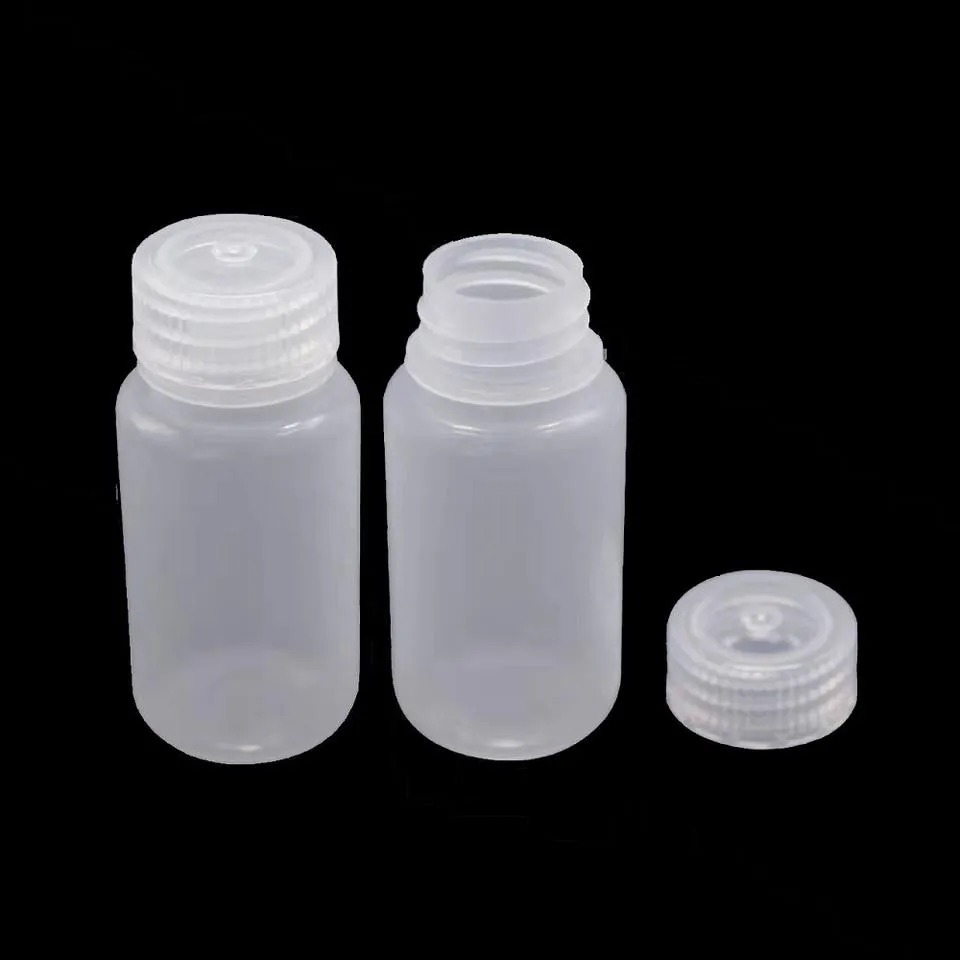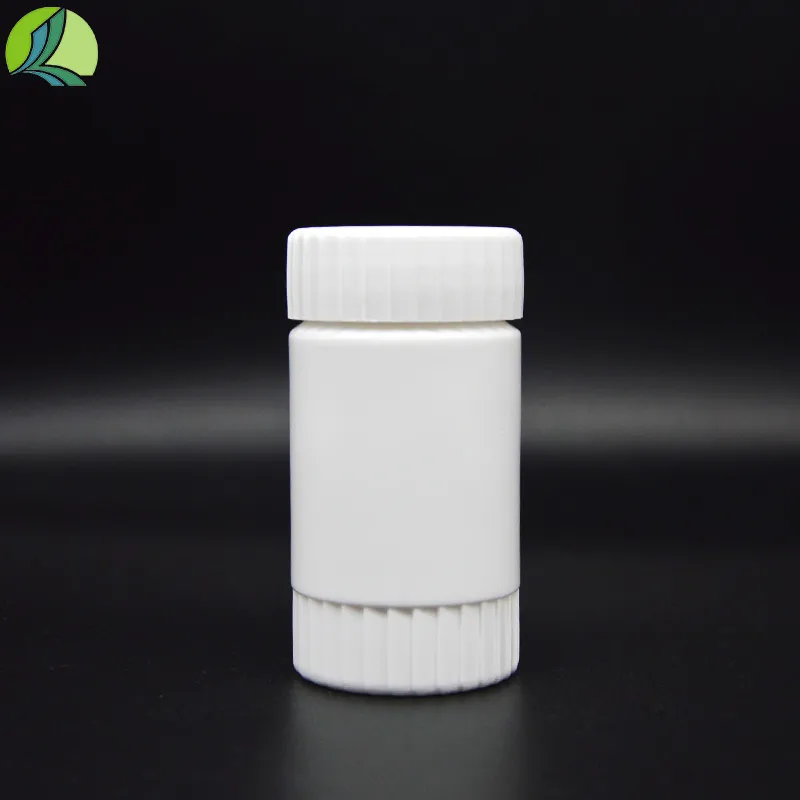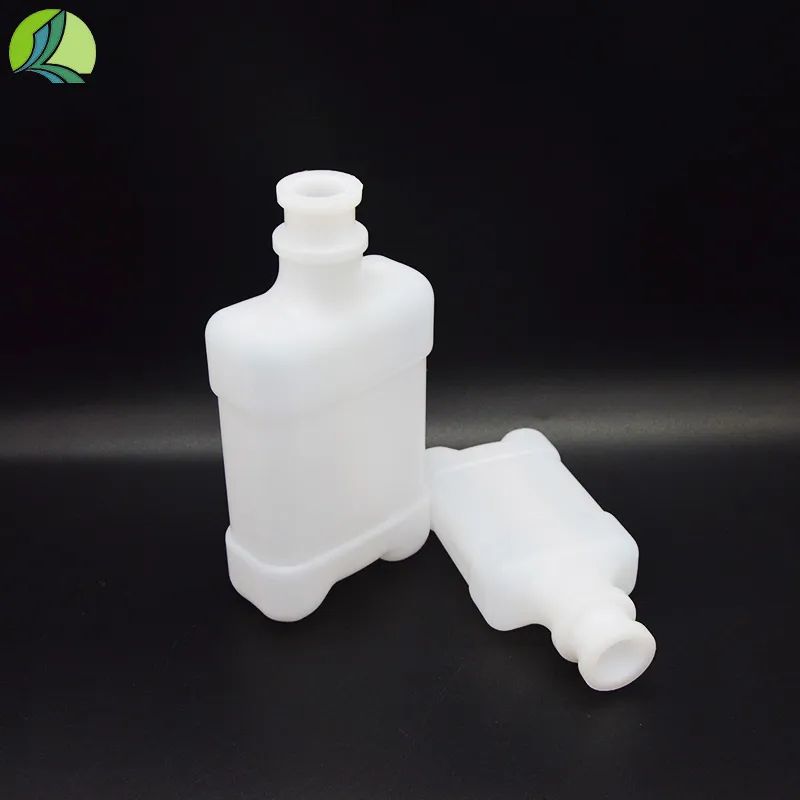
-
 Afrikaans
Afrikaans -
 Albanian
Albanian -
 Amharic
Amharic -
 Arabic
Arabic -
 Armenian
Armenian -
 Azerbaijani
Azerbaijani -
 Basque
Basque -
 Belarusian
Belarusian -
 Bengali
Bengali -
 Bosnian
Bosnian -
 Bulgarian
Bulgarian -
 Catalan
Catalan -
 Cebuano
Cebuano -
 Corsican
Corsican -
 Croatian
Croatian -
 Czech
Czech -
 Danish
Danish -
 Dutch
Dutch -
 English
English -
 Esperanto
Esperanto -
 Estonian
Estonian -
 Finnish
Finnish -
 French
French -
 Frisian
Frisian -
 Galician
Galician -
 Georgian
Georgian -
 German
German -
 Greek
Greek -
 Gujarati
Gujarati -
 Haitian Creole
Haitian Creole -
 hausa
hausa -
 hawaiian
hawaiian -
 Hebrew
Hebrew -
 Hindi
Hindi -
 Miao
Miao -
 Hungarian
Hungarian -
 Icelandic
Icelandic -
 igbo
igbo -
 Indonesian
Indonesian -
 irish
irish -
 Italian
Italian -
 Japanese
Japanese -
 Javanese
Javanese -
 Kannada
Kannada -
 kazakh
kazakh -
 Khmer
Khmer -
 Rwandese
Rwandese -
 Korean
Korean -
 Kurdish
Kurdish -
 Kyrgyz
Kyrgyz -
 Lao
Lao -
 Latin
Latin -
 Latvian
Latvian -
 Lithuanian
Lithuanian -
 Luxembourgish
Luxembourgish -
 Macedonian
Macedonian -
 Malgashi
Malgashi -
 Malay
Malay -
 Malayalam
Malayalam -
 Maltese
Maltese -
 Maori
Maori -
 Marathi
Marathi -
 Mongolian
Mongolian -
 Myanmar
Myanmar -
 Nepali
Nepali -
 Norwegian
Norwegian -
 Norwegian
Norwegian -
 Occitan
Occitan -
 Pashto
Pashto -
 Persian
Persian -
 Polish
Polish -
 Portuguese
Portuguese -
 Punjabi
Punjabi -
 Romanian
Romanian -
 Russian
Russian -
 Samoan
Samoan -
 Scottish Gaelic
Scottish Gaelic -
 Serbian
Serbian -
 Sesotho
Sesotho -
 Shona
Shona -
 Sindhi
Sindhi -
 Sinhala
Sinhala -
 Slovak
Slovak -
 Slovenian
Slovenian -
 Somali
Somali -
 Spanish
Spanish -
 Sundanese
Sundanese -
 Swahili
Swahili -
 Swedish
Swedish -
 Tagalog
Tagalog -
 Tajik
Tajik -
 Tamil
Tamil -
 Tatar
Tatar -
 Telugu
Telugu -
 Thai
Thai -
 Turkish
Turkish -
 Turkmen
Turkmen -
 Ukrainian
Ukrainian -
 Urdu
Urdu -
 Uighur
Uighur -
 Uzbek
Uzbek -
 Vietnamese
Vietnamese -
 Welsh
Welsh -
 Bantu
Bantu -
 Yiddish
Yiddish -
 Yoruba
Yoruba -
 Zulu
Zulu
Premium Clear Plastic Vaccine Vials for Lab & Vet Medicine
Elevating Pharmaceutical and Veterinary Packaging Standards
In the demanding sectors of pharmaceuticals, veterinary medicine, and laboratory research, the integrity and purity of liquid formulations are paramount. This necessitates packaging solutions that are not only robust but also chemically inert and biologically safe. We delve into the critical role of Plastic Clear Vaccine Vials Laboratory Veterinary Medicine Liquid Vials, engineered to meet the stringent requirements of these sensitive applications. Unlike traditional glass, these advanced plastic vials offer superior shatter resistance, lighter weight, and excellent barrier properties, ensuring the sustained efficacy and safety of valuable contents from manufacturing through storage and distribution.
The design and manufacturing of these vials incorporate cutting-edge polymer science and precision engineering to guarantee a consistent, high-quality product. Their clarity allows for easy visual inspection of contents, a critical feature in clinical and laboratory settings. Furthermore, their compatibility with various sterilization methods, including gamma irradiation and ethylene oxide (EtO), makes them a versatile choice for a broad spectrum of sterile applications. This focus on material science and manufacturing precision is what sets industry leaders apart in delivering reliable containment solutions for critical biologicals and chemical reagents.
Industry Trends and Market Dynamics in Vial Technology
The global market for pharmaceutical packaging is experiencing significant growth, driven by expanding biotechnology research, increasing vaccine production, and the rising demand for veterinary pharmaceuticals. A key trend is the shift towards innovative plastic solutions, primarily due to concerns over glass breakage, supply chain vulnerabilities, and the growing emphasis on sustainability. Modern materials like cyclic olefin copolymer (COC) and polypropylene (PP) are gaining traction for their superior barrier properties, chemical inertness, and clarity, making them ideal for sensitive biological and chemical formulations.
Regulatory bodies worldwide, including the FDA and EMA, continuously update guidelines, pushing manufacturers towards higher standards of product quality, traceability, and material safety. This regulatory landscape compels innovation, particularly in aspects like extractables and leachables (E&L) profiles, where plastic vials often demonstrate advantages over glass. The increasing adoption of pre-filled syringes and vials also influences the market, demanding packaging solutions that integrate seamlessly with automated filling lines and cold chain logistics. This evolving environment underscores the need for adaptable and high-performance Plastic Clear Vaccine Vials Laboratory Veterinary Medicine Liquid Vials.
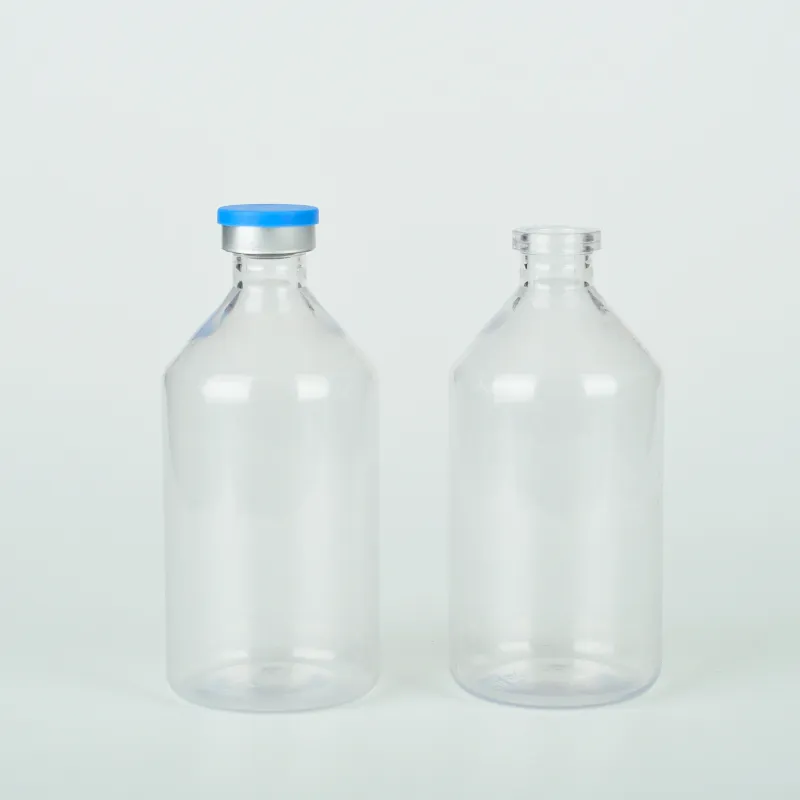
Technical Parameters and Specifications
The performance of Plastic Clear Vaccine Vials Laboratory Veterinary Medicine Liquid Vials is defined by a precise set of technical parameters ensuring their suitability for pharmaceutical and laboratory use. Key specifications include the material composition, which often adheres to USP Class VI standards for biocompatibility, and the volumetric capacity, ranging from 2ml to 100ml or more. Dimensional accuracy, including neck finish (e.g., 13-425, 20mm crimp, snap-on), outer diameter, and height, is crucial for compatibility with automated filling and capping machinery.
Critical performance attributes include excellent moisture and oxygen barrier properties to protect sensitive contents, high clarity for visual inspection, and chemical resistance to various solvents and reagents. Vials are typically designed to withstand temperatures from -80°C to 121°C, accommodating diverse storage and sterilization protocols. Furthermore, strict limits on particulate contamination and extractables are maintained, verified through rigorous testing, to ensure drug product stability and patient safety.
Typical Product Specifications:
| Parameter | Typical Specification | Industry Standard |
|---|---|---|
| Material Type | USP Class VI Polypropylene (PP) / Cyclic Olefin Copolymer (COC) | USP Class VI, Ph. Eur., JP |
| Volume Capacity | 2ml, 5ml, 10ml, 20ml, 50ml, etc. | ISO, Custom |
| Transparency | Clear, High Optical Clarity | Visual Inspection |
| Sterilization Compatibility | Gamma Irradiation, E-beam, EtO, Autoclavable (PP only) | ISO 11137, ISO 11135 |
| Temperature Resistance | -80°C to +121°C | ASTM D746, ISO 11357 |
| Chemical Resistance | Excellent to Acids, Bases, Alcohols | ASTM D543 |
| Extractables & Leachables | Low Profile, Biologically Safe | USP , EP 3.2.2 |
Precision Manufacturing Process of Vaccine Vials
The production of high-quality Plastic Clear Vaccine Vials Laboratory Veterinary Medicine Liquid Vials is a sophisticated process involving multiple stages, each meticulously controlled to ensure product integrity and compliance with pharmaceutical-grade standards. It begins with the selection of premium, medical-grade polymer resins, such as USP Class VI polypropylene (PP) or cyclic olefin copolymer (COC), known for their inertness and excellent barrier properties. These materials are chosen to minimize interaction with sensitive biological and chemical contents.
The primary manufacturing technique typically involves injection molding, a process where molten plastic is injected into a mold cavity, forming the precise shape of the vial. This process is conducted in ISO Class 7 or Class 8 cleanroom environments to prevent particulate contamination. Following molding, vials undergo a rigorous quality control sequence, including automated visual inspection for defects, dimensional verification using precision instruments, and leak testing to ensure container111 closure integrity. Some vials may undergo post-molding annealing to enhance mechanical stability and reduce stress. Finally, the vials are often sterilized, commonly using validated gamma irradiation or ethylene oxide processes, and then packaged in sterile, tamper-evident bags or trays, ready for pharmaceutical filling lines.
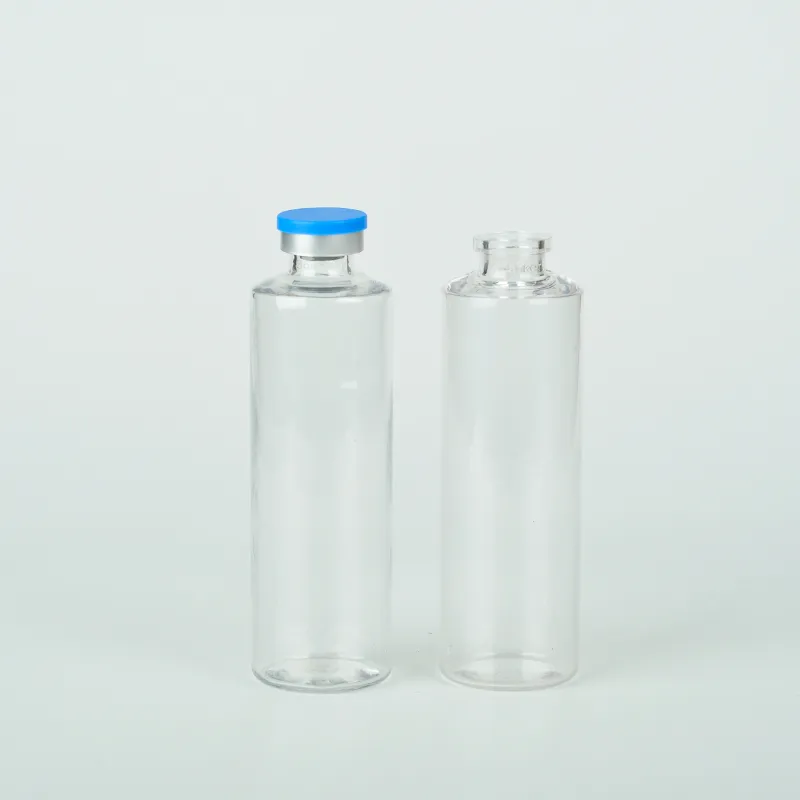
Diverse Application Scenarios
The versatility and high performance of Plastic Clear Vaccine Vials Laboratory Veterinary Medicine Liquid Vials make them indispensable across a wide array of critical applications. In the pharmaceutical industry, they are extensively used for packaging human vaccines, injectable drugs, and ophthalmic solutions, where sterility and low interaction with the drug product are crucial. Their robust nature reduces the risk of breakage during transportation and handling, a significant advantage over glass, particularly for high-volume vaccine distribution.
Within veterinary medicine, these vials are vital for livestock vaccines, pet medications, and diagnostic reagents. Their shatter resistance is particularly beneficial in agricultural and field settings, minimizing loss and ensuring animal safety. Laboratory and research institutions utilize them for sample storage, cell culture media, chromatography samples, and various chemical reagents. Their clear construction allows for easy content identification, while their chemical inertness ensures sample integrity. The ability to withstand freezing temperatures makes them suitable for long-term biobanking and sample preservation.
Key Technical Advantages Over Traditional Packaging
Plastic Clear Vaccine Vials Laboratory Veterinary Medicine Liquid Vials offer a compelling set of advantages that significantly outweigh those of traditional glass vials, especially in sensitive applications. Primarily, their superior shatter resistance drastically reduces breakage during transit, handling, and automated filling processes, leading to fewer product losses and enhanced safety for personnel. This inherent durability is particularly valuable in high-throughput environments and challenging logistical chains.
Furthermore, plastic vials are significantly lighter than their glass counterparts, which translates into reduced shipping costs and a smaller carbon footprint, aligning with global sustainability initiatives. Modern pharmaceutical-grade plastics exhibit excellent chemical inertness, minimizing extractables and leachables that could compromise drug stability or efficacy. They also often provide better gas barrier properties, protecting oxygen-sensitive formulations. Their consistent dimensions and robust nature also optimize performance on high-speed filling lines, improving overall manufacturing efficiency and reliability.

Quality Assurance and Certifications
Ensuring the highest standards of quality and safety is paramount for Plastic Clear Vaccine Vials Laboratory Veterinary Medicine Liquid Vials. Reputable manufacturers adhere to a stringent quality management system, typically certified under ISO 9001, which governs all stages from raw material sourcing to final packaging. Crucially, the materials used must comply with major pharmacopoeia standards, such as USP Class VI, European Pharmacopoeia (Ph. Eur.), and Japanese Pharmacopoeia (JP), guaranteeing biocompatibility and low levels of extractables.
Production facilities operate under Good Manufacturing Practices (GMP) and often in ISO Class 7 or 8 cleanroom environments to minimize contamination. Vials undergo extensive testing for particulate matter, leak integrity, dimensional accuracy, and sterility (if pre-sterilized). Furthermore, a Drug Master File (DMF) filed with the FDA provides comprehensive information about the manufacturing process, materials, and quality control, offering transparency and confidence to pharmaceutical clients seeking to integrate these vials into their drug product applications. Such adherence to global regulatory frameworks underscores the commitment to delivering trustworthy and high-performance packaging solutions.
Tailored Customization Solutions
Recognizing the diverse and specific needs of the pharmaceutical and veterinary sectors, leading manufacturers offer extensive customization options for Plastic Clear Vaccine Vials Laboratory Veterinary Medicine Liquid Vials. This includes variations in vial capacity, ranging from microliters to hundreds of milliliters, to precisely match formulation volumes. Clients can also specify unique neck finishes (e.g., screw-top, crimp, snap-on) to ensure compatibility with existing closures and filling equipment.
Beyond standard dimensions, customization extends to material selection for enhanced barrier properties against moisture or oxygen, specialized surface treatments to reduce protein adsorption, or specific color tints for light-sensitive contents. Manufacturers work closely with clients, often providing design consultation and rapid prototyping, to develop bespoke vial solutions that integrate seamlessly into their production lines and meet unique drug stability requirements. This collaborative approach ensures optimal performance and a perfect fit for highly specialized applications, highlighting a commitment to partnership and innovation.
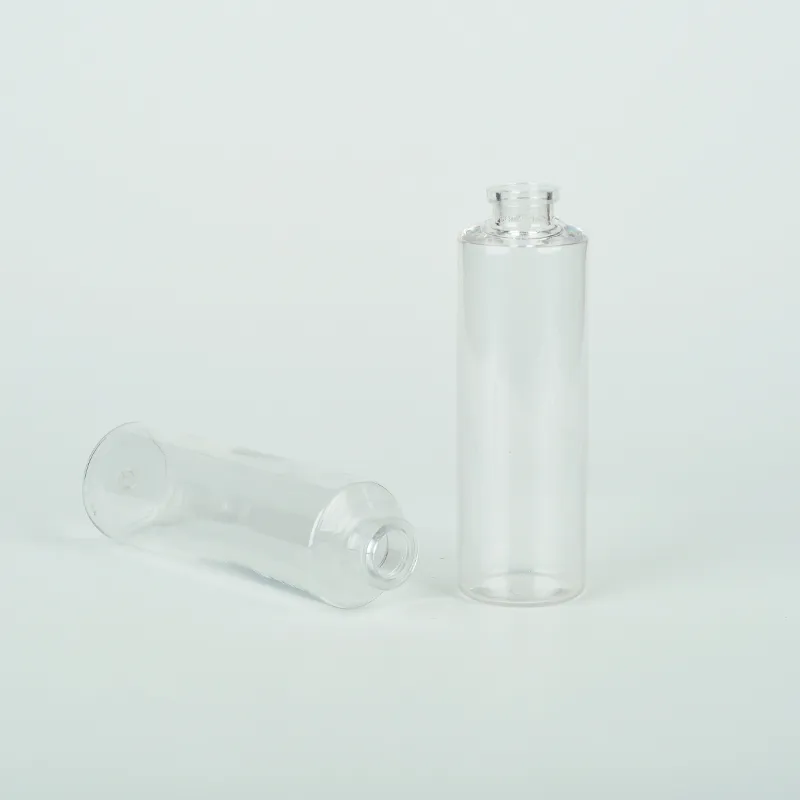
Case Studies: Real-World Application Success
A major vaccine producer faced significant challenges with glass vial breakage during automated filling and international cold chain shipping, leading to product loss and delays. By transitioning to specialized Plastic Clear Vaccine Vials Laboratory Veterinary Medicine Liquid Vials made from advanced COC material, they reduced breakage rates by over 95%, significantly enhancing throughput and ensuring product integrity across diverse global climates. This strategic shift not only optimized their supply chain but also reduced their carbon footprint through lighter weight packaging.
In another instance, a veterinary pharmaceutical company required vials that could withstand rugged field conditions and diverse chemical formulations for animal vaccines. Our customized plastic vials, featuring enhanced impact resistance and superior chemical inertness, provided the ideal solution. Feedback indicated improved ease of handling for veterinarians and a substantial reduction in product spoilage in challenging environments. These instances underscore how tailored plastic vial solutions deliver tangible benefits in demanding B2B applications, ensuring both operational efficiency and product safety.
Frequently Asked Questions (FAQ)
-
Q: Are Plastic Clear Vaccine Vials Laboratory Veterinary Medicine Liquid Vials compatible with all types of drug formulations?
A: While highly compatible with most formulations, it's crucial to perform extractables and leachables (E&L) studies for specific drug products. Our vials use USP Class VI certified polymers designed for broad chemical compatibility and low E&L profiles. We recommend full compatibility testing for sensitive or novel formulations.
-
Q: Can these vials be sterilized post-filling?
A: Yes, many plastic vials, especially those made from polypropylene, are autoclavable (up to 121°C). Other materials like COC are compatible with gamma irradiation or ethylene oxide (EtO) sterilization, which are often used for pre-sterilized vials or terminally sterilized products. Always confirm the specific material's compatibility with your chosen sterilization method.
-
Q: What is the typical lead time for custom orders?
A: Lead times for custom Plastic Clear Vaccine Vials Laboratory Veterinary Medicine Liquid Vials vary depending on design complexity, mold fabrication, and order volume. Generally, initial prototype development can take 4-6 weeks, followed by production runs that typically range from 6-12 weeks after mold approval. Standard product orders usually have shorter lead times, often 2-4 weeks.
Delivery Cycle, Quality Assurance, and Customer Support
We understand the critical nature of timely delivery in the pharmaceutical and veterinary supply chains. Our streamlined production processes and robust inventory management ensure efficient order fulfillment for Plastic Clear Vaccine Vials Laboratory Veterinary Medicine Liquid Vials. For standard products, typical delivery cycles range from 2 to 4 weeks, with expedited options available upon request. Custom orders involve a collaborative process, from design approval to mold fabrication and production, with clear timelines communicated at each stage to ensure transparency and predictability.
Our commitment to quality is underscored by a comprehensive warranty that covers manufacturing defects and ensures compliance with agreed-upon specifications and industry standards like ISO 13485. Each batch undergoes rigorous quality control checks, including statistical process control (SPC) and detailed inspection reports. Our dedicated customer support team, composed of technical experts and logistics specialists, provides end-to-end assistance, from initial consultation and technical specifications to post-delivery support, ensuring a seamless experience and optimal product performance for our B2B partners.
Conclusion: The Future of Sterile Liquid Containment
The evolution of Plastic Clear Vaccine Vials Laboratory Veterinary Medicine Liquid Vials marks a significant advancement in sterile packaging. These vials offer a compelling combination of durability, chemical inertness, optical clarity, and cost-effectiveness, making them the preferred choice for a multitude of critical applications in healthcare and research. As the demand for reliable and efficient packaging solutions continues to grow, particularly in light of global health initiatives and increasing veterinary pharmaceutical production, the innovation in plastic vial technology will remain at the forefront.
By adhering to the highest standards of manufacturing, quality control, and regulatory compliance, these advanced plastic vials ensure the integrity and efficacy of valuable liquid formulations, from sensitive vaccines to essential laboratory reagents. Partnering with a manufacturer that prioritizes precision engineering, material science, and customer-specific solutions ensures that critical contents are safeguarded effectively throughout their lifecycle, contributing to better public health outcomes and scientific advancement.
References
- United States Pharmacopeia and National Formulary (USP-NF). General Chapter Containers.
- European Pharmacopoeia (Ph. Eur.). General Chapter 3.2.2 Plastic container111s and closures for parenteral preparations and ophthalmic preparations.
- International Organization for Standardization (ISO) 13485: Medical devices — Quality management systems — Requirements for regulatory purposes.
- Food and Drug Administration (FDA) Guidance for Industry: Container Closure Systems for Packaging Human Drugs and Biologics.
- World Health Organization (WHO) Guidelines on packaging for pharmaceutical products.
-
White 250ml Plastic Vaccine Vial for Lab & Vet MedicineNewsAug.14,2025
-
Plastic Clear Vaccine Vials | Lab & Vet Liquid StorageNewsAug.12,2025
-
Secure 250ml Blue Plastic Vaccine Vials for Lab & VetNewsAug.11,2025
-
250ml Blue Translucent Plastic Vaccine Vials - Medical GradeNewsAug.10,2025
-
28 Mouthfuls 100ml 25ml White Plastic Vaccine Vials for Lab & VetNewsAug.09,2025



